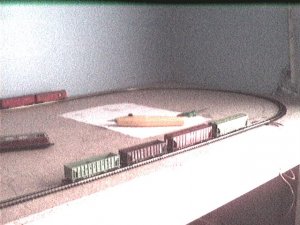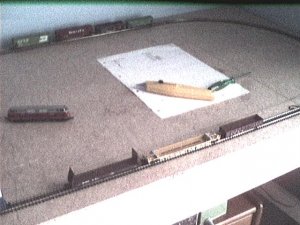Hello again,
i'm having a kind of problem here:
I'm sorry about my ignorance... but how is a freight train? I mean, locos, i know...
But what about freight cars?
- Is it normal to have freight cars from Burlington Northern and also from ATSF?
- And can I have ballast hoppers, box cars and gondola cars in the same train?
- Sorry to ask, but what is a caboose? Should I have one?
Can you guys show me a site here I can get some info about this? or some examples. I really would like to see, but model websites world be better!!!
sorry for the dumb questions, but I need to know this.

i'm having a kind of problem here:
I'm sorry about my ignorance... but how is a freight train? I mean, locos, i know...
But what about freight cars?
- Is it normal to have freight cars from Burlington Northern and also from ATSF?
- And can I have ballast hoppers, box cars and gondola cars in the same train?
- Sorry to ask, but what is a caboose? Should I have one?
Can you guys show me a site here I can get some info about this? or some examples. I really would like to see, but model websites world be better!!!
sorry for the dumb questions, but I need to know this.



